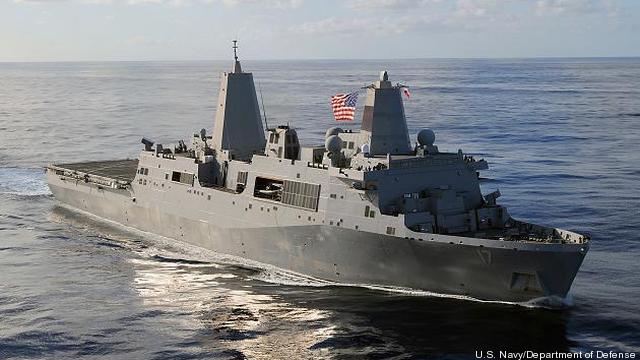All excellent points and clearly points that need to be considered (among about a million others I'm sure). I guess the end point is a measure between the time and cost it takes to prepare vs the time and cost it takes to build. If, during week one of the Great Peer-to-Peer War, the enemy manages to sink two or three DDGs...will we have the time and/or capacity to build two or three more or might it be faster to convert?
Just spitballing here. I like interesting ideas and enjoy the discussion on the merits and failings of things like this.
It takes a few years from cutting steel to get a DDG today. Somewhere between 2-3 years to get the ship through all of construction and the entire tests and trials programs. Another year or so to get them fully through work ups.
You can’t really crash the schedule using overtime labor because the labor force already does shift work.
You could probably cut the test period and work up periods in an emergency, but too much gets risky.
As already pointed out elsewhere, we’ll fight the next war with the Fleet we have. New ships coming off the line will be arriving as reinforcements only because they were already well along in the construction and delivery process.
There’s also the fact that roughly a third of the Fleet will not be materially available for tasking, they’ll be in shipyards going through overhauls.





